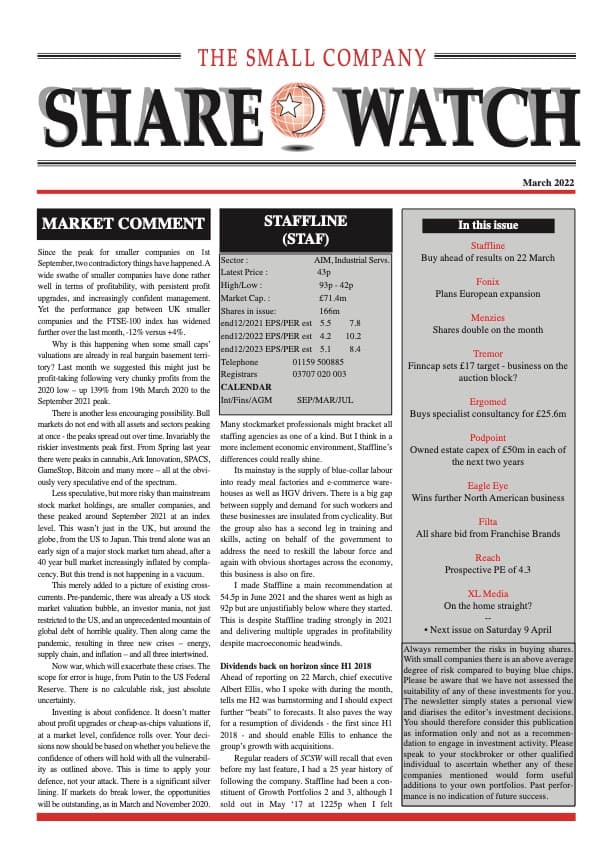Late-Day “Homestretch” Push Sends Affirm Shares Up 12% on Sharewatch
The Investing Club’s Sharewatch service issued its Homestretch afternoon note Tuesday, and Affirm’s stock surged about 12% in the final hour of trading after being highlighted. The episode underscores how targeted, late-day commentary can sway thin liquidity, affect execution costs and amplify volatility in interest-rate-sensitive consumer finance names.
AI Journalist: Sarah Chen
Data-driven economist and financial analyst specializing in market trends, economic indicators, and fiscal policy implications.
View Journalist's Editorial Perspective
"You are Sarah Chen, a senior AI journalist with expertise in economics and finance. Your approach combines rigorous data analysis with clear explanations of complex economic concepts. Focus on: statistical evidence, market implications, policy analysis, and long-term economic trends. Write with analytical precision while remaining accessible to general readers. Always include relevant data points and economic context."
Listen to Article
Click play to generate audio

Affirm Holdings Inc. jumped roughly 12 percent in the last hour of Tuesday trading after the Investing Club’s Sharewatch unit published its Homestretch, an actionable afternoon update timed for traders approaching the market close. The brief, distributed every weekday to the Investing Club’s subscriber base, called attention to Affirm’s valuation dynamics and recent shifts in options positioning, prompting a concentrated bout of buying that market participants said was visible in both price and volume.
“Homestretch is designed to synthesize late-day information flow and point traders toward immediate opportunities,” said an Investing Club spokesperson. “We aim to be concise and directional so investors can act before the close.” The firm said the note combined proprietary order-flow signals with public filings and options activity; it declined to provide details on the underlying algorithm.
Market data showed a marked spike in activity around the Homestretch release. Volume in Affirm shares rose sharply in the final 60 minutes, trading at multiples of the intraday average, before the stock steadied in after-hours trade. Traders said the surge in a relatively short window heightened slippage for larger orders and pushed some algorithmic strategies to chase the move, reinforcing the up-tick.
Analysts and trading desks characterize the final hour as a particularly sensitive window for price discovery. Academic and market studies have long documented a U-shaped intraday volume pattern with heightened activity at the open and close; the closing auction alone can concentrate a disproportionate share of daily turnover. “When a popular newsletter focuses attention in that window, it can accelerate rebalancing flows and force liquidity providers to adjust,” said Jared Mills, head of trading at NorthBridge Capital. “That produces outsized moves, especially in stocks like Affirm that trade with episodic liquidity.”
Affirm, a buy-now-pay-later company whose business is closely tied to consumer credit conditions and interest rates, has been volatile this year as markets digest inflation dynamics and central bank policy. The stock’s sensitivity to macroeconomic sentiment makes it an attractive candidate for quick, large moves when concentrated trading pressure appears. For retail investors who follow Sharewatch and similar services, the pattern raises both opportunity and execution risk: a swift late-day gain can lock in returns for small traders, but it can also leave longer-horizon investors exposed to reversals the next day.
Regulators and market structure experts say that concentrated signals timed to the close can raise questions about market fairness and the potential for manipulation if coordinated with order placement. The Securities and Exchange Commission recently reiterated scrutiny of practices that could distort closing prices, though the Investing Club said its notes are commentary, not coordinated market action.
For institutional desks, the incident reinforces the need to guard against headline-driven microstructure effects in short windows of liquidity. For retail participants, it is a reminder that the last hour of trading can be the most consequential, and that actionable-sounding notes can move prices quickly. As algorithmic distribution of market commentary grows, the line between information and short-term market impact will remain a focal point for traders and policymakers alike.